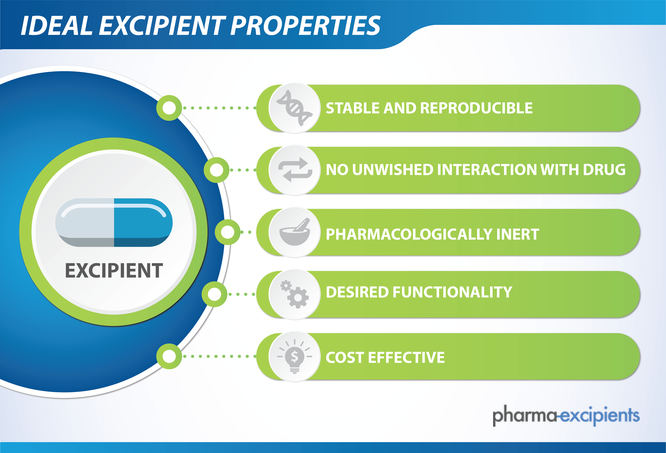The activities of drug inactive ingredients on biological targets

Excipients, considered “inactive ingredients,” are a major component of formulated drugs and play key roles in their pharmacokinetics. Despite their pervasiveness, whether they are active on any targets has not been systematically explored. We computed the likelihood that approved excipients would bind to molecular targets. Testing in vitro revealed 25 excipient activities, ranging from low-nanomolar to high-micromolar concentration. Another 109 activities were identified by testing against clinical safety targets. In cellular models, five excipients had fingerprints predictive of system-level toxicity. Exposures of seven excipients were investigated, and in certain populations, two of these may reach levels of in vitro target potency, including brain and gut exposure of thimerosal and its major metabolite, which had dopamine D3 receptor dissociation constant Kd values of 320 and 210 nM, respectively. Although most excipients deserve their status as inert, many approved excipients may directly modulate physiologically relevant targets.
Inactive ingredients may not be inert
Most drug formulations comprise mainly inactive ingredients known as excipients. Excipients are tested in animal studies and do not display toxicity at allowed concentrations, but their interaction with molecular targets has not been systematically explored. Pottel et al. examined excipient activity by combining large-scale computational screening with targeted experimental testing. They identified 38 excipients with activities against 44 targets. Several excipients were active in cell panels that predict tissue-level toxicity, and two are suggested to reach concentrations in vivo that overlap with their in vitro activities. Although most excipients are inert, some have activity that deserves further consideration. Continue on “The activities of drug inactive ingredients on biological targets”
See our chapter on excipients basics with various graphics and a video


